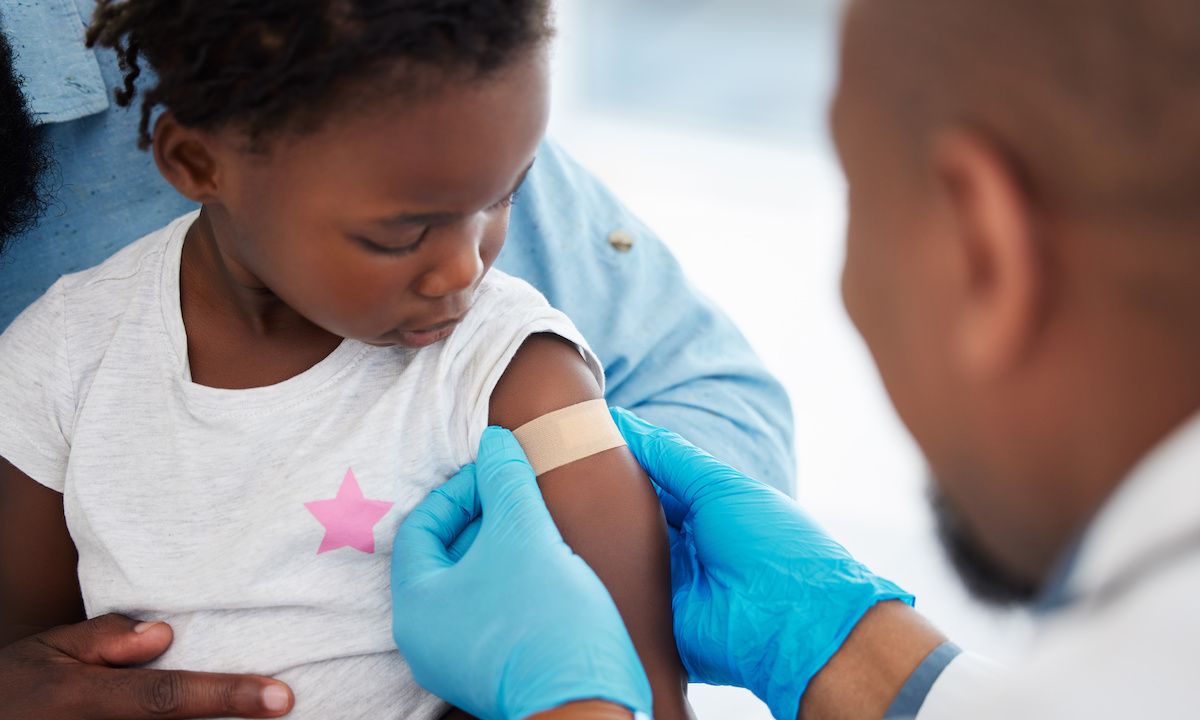Article
Immunocompromised Patients Had Low Uptake of mRNA COVID-19 Boosters
Author(s):
A study found that adherence to the CDC recommendation of mRNA monovalent COVID-19 boosters was low in immunocompromised individuals.
The CDC recommendation for booster doses of mRNA monovalent COVID-19 booster had low adherence in immunocompromised individuals, according to a study published in JAMA Network Open.
Immunocompromised individuals are at a greater risk for contracting severe COVID-19, with individuals often having weaker immune responses to vaccines and a higher rate of vaccine failure. Vaccination guidelines have changed often, leading many to confusion over what being up to date consists of for immunocompromised individuals. This study aimed to evaluate the uptake of mRNA monovalent COVID-19 vaccines in immunocompromised individuals.
The cohort study used the Kaiser Permanente Southern California (KPSC) database that includes more than 4.7 million individuals with a wide range of socioeconomic, racial, and ethnic diversity. The current study used the KPSC electronic health records to determine who had received the vaccine.
Patients who were aged 18 years and older and were immunocompromised were included in the study. A year of health plan membership was required to obtain data medical history. Patients were determined to be immunocompromised if they had an immunocompromising condition for a year prior to the start of the study on December 14, 2020, or were receiving immunosuppressants in the same time period. These conditions had to be the same after 1 year.
COVID-19 vaccines were available for free for those included in the KPSC. The electronic health record system recorded all those who received a COVID-19 vaccine on a KPSC site and those who recorded it in the California Immunization Registry. Only doses of mRNA vaccines received after December 14, 2020, were included.
There were 42,697 participants included in the final analysis, of whom 44.0% were aged 65 years and older and 47.0% were women. A total of 41.9% identified as White, 33.5% as Hispanic, 12.1% as Black, and 10.1% as Asian or Pacific Islander.
Unvaccinated people made up 10.6% of the population, with 85.7% receiving a single monovalent mRNA product, and 3.7% receiving a combination of the 2 vaccines.
A total of 61.6% of the participants had received 3 or fewer doses and 37.5% had received 4 doses of the mRNA monovalent vaccine by the end of the study. Only 0.9% had received 5 doses, which was the recommendation from the CDC at the time that the study was conducted.
In cumulative uptake time, 78.0% of participants had received the third dose of the vaccine by August 2021. Only 14.0% of participants had received a fourth dose by April 2022, nearly 4 months after the CDC had recommended a fourth dose. This increased to 41.0% by August 2022. Only 0.9% had received a fifth dose of the vaccine after recommendation by the CDC.
A total of 47.3% of participants who had received a third dose at least 3 months before the end of the study had received a fourth dose. Only 3.0% of the participants who had received a fourth dose at least 4 months before the end of the study had received a fifth dose.
Adults who were aged 65 years and older (HR, 3.95; 95% CI, 3.70-4.22) were found to be more likely to have received a fourth dose compared with adults aged 18 to 44 years and 45 to 64 years (HR, 2.52; 95% CI, 2.36-2.69).
Participants were less likely to receive at least 4 doses if they were Black (HR, 0.82; 95% CI, 0.78-0.87), Hispanic (HR, 0.77; 95% CI, 0.74-0.80), had a prior diagnosis of COVID-19 (HR, 0.71; 95% CI, 0.62-0.81), and received high doses of corticosteroids (HR, 0.88; 95% CI, 0.81-0.95).
Participants were more likely to receive a fourth dose if they had previously received an organ transplant (HR, 1.36; 95% CI, 1.29-1.44), had congenital immunodeficiency (HR, 1.09; 95% CI, 1.01-1.18), had HIV/AIDS (HR, 1.69; 95% CI, 1.58-1.80), or were receiving chemotherapy (HR, 1.07; 95% CI, 1.01-1.12).
The research had a few limitations, the authors noted. The algorithm used to determine immunocompromised individuals may not have captured all details. Factors that influenced vaccination status relied entirely on the electronic health record, which may not have captured all social and clinical considerations. In addition, the types of immunocompromising condition could not be stratified.
The researchers concluded that there was a gap between the recommended mRNA COVID-19 booster doses and adherence in immunocompromised participants. The researchers determined that targeting this demographic was important to make sure those most vulnerable were up to date on their vaccines.
Reference
Tartof SY, Slezak JM, Puzniak L, et al. Analysis of mRNA COVID-19 vaccine uptake among immunocompromised individuals in a large US health system. JAMA Netw Open. 2023;6(1):e2251833. doi:10.1001/jamanetworkopen.2022.51833




